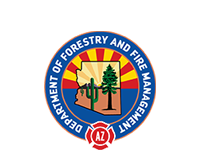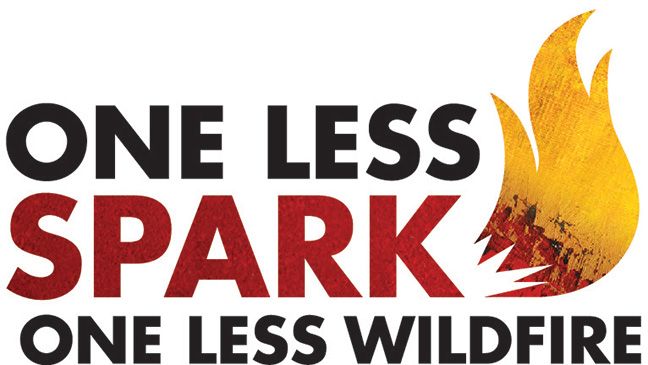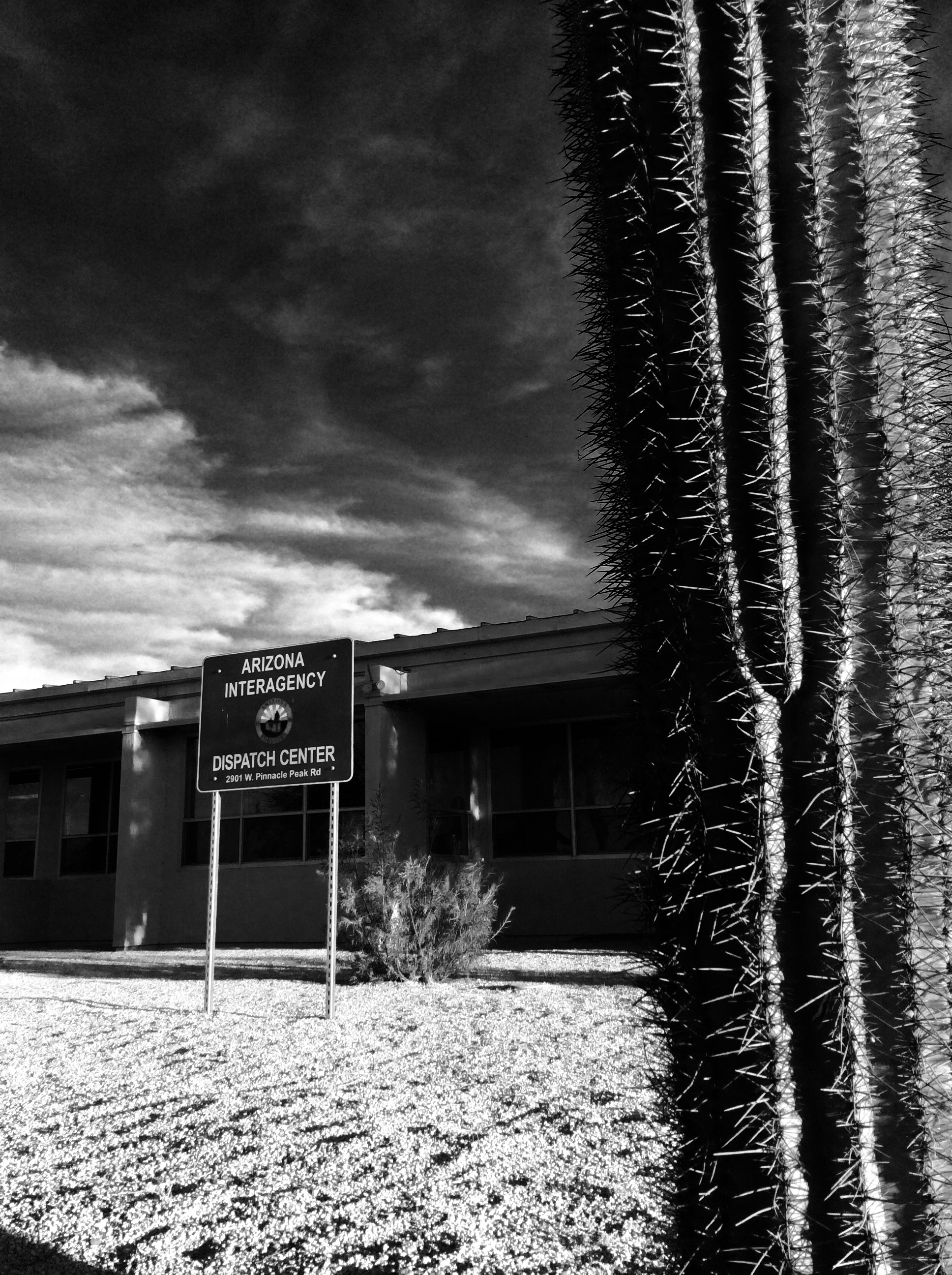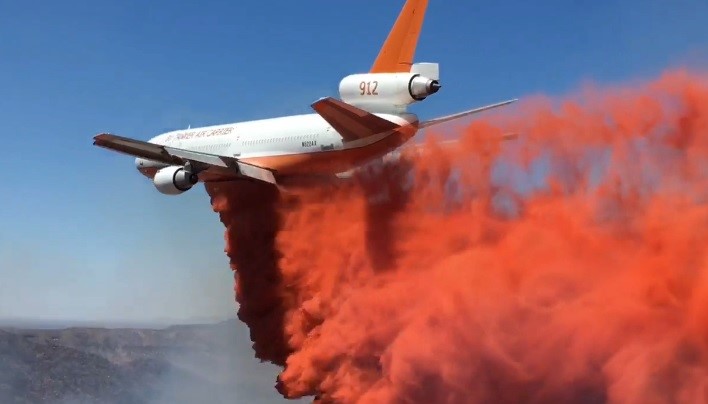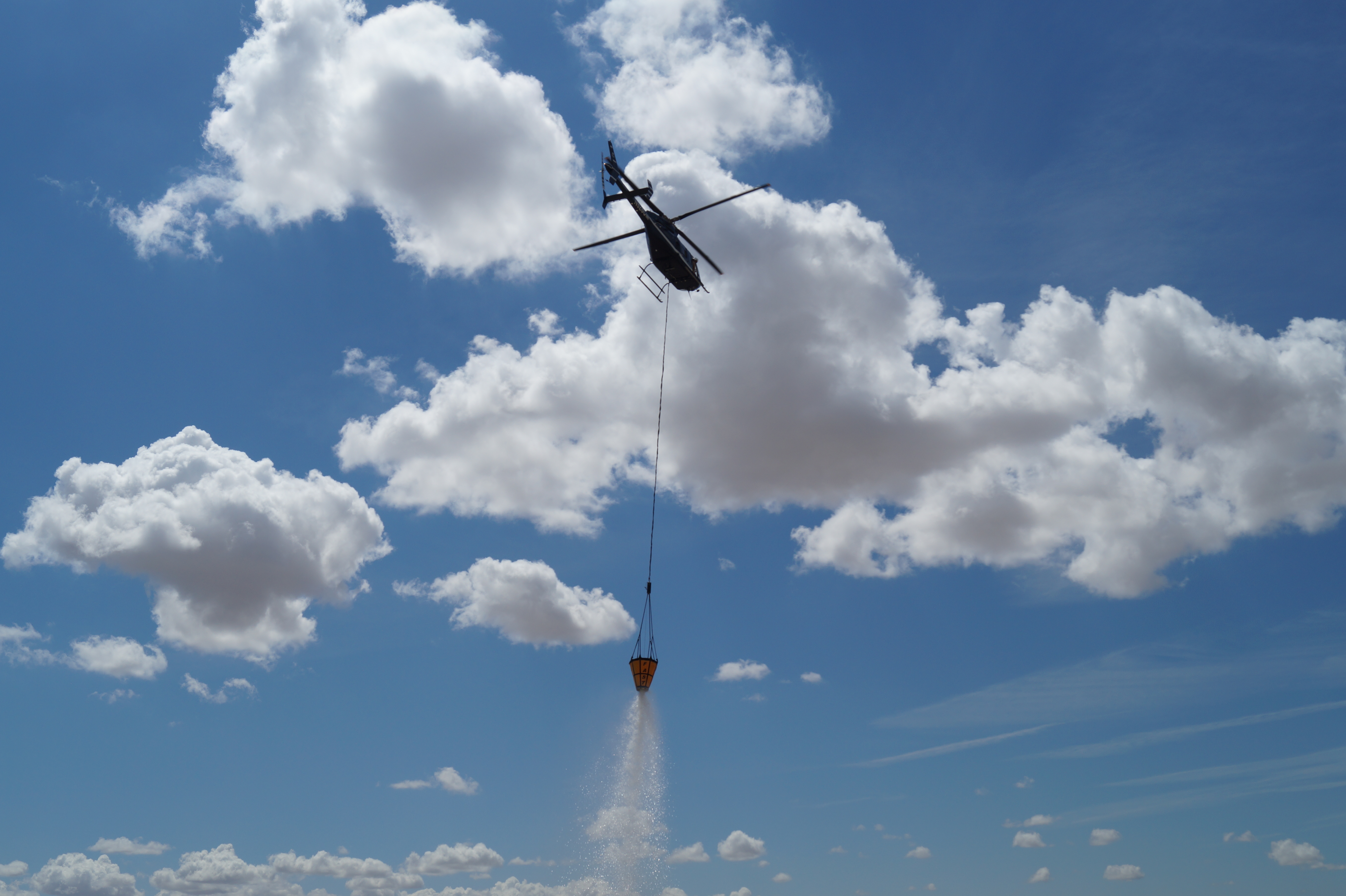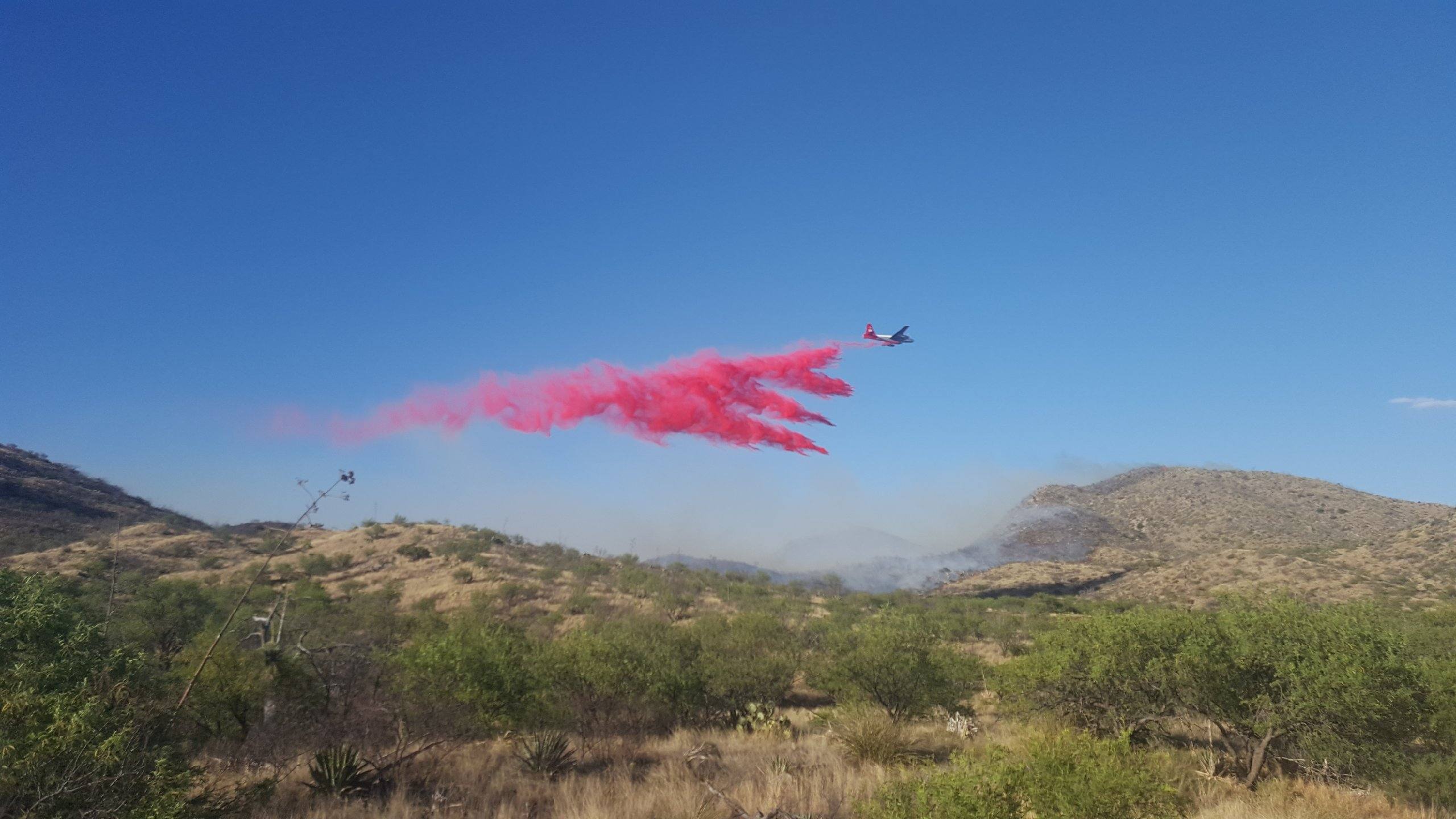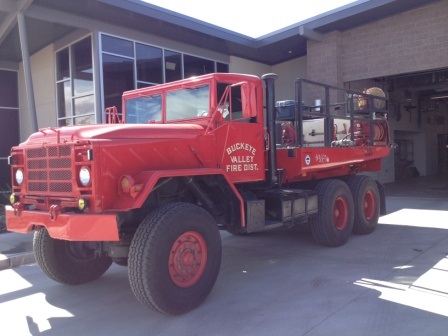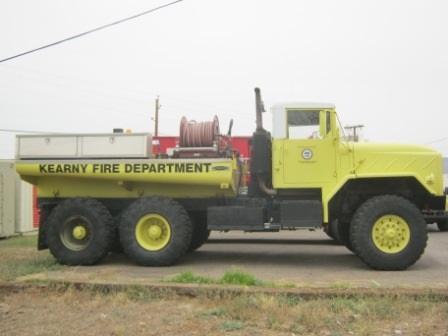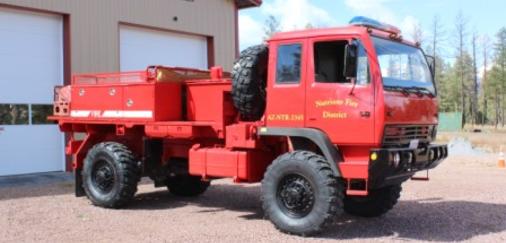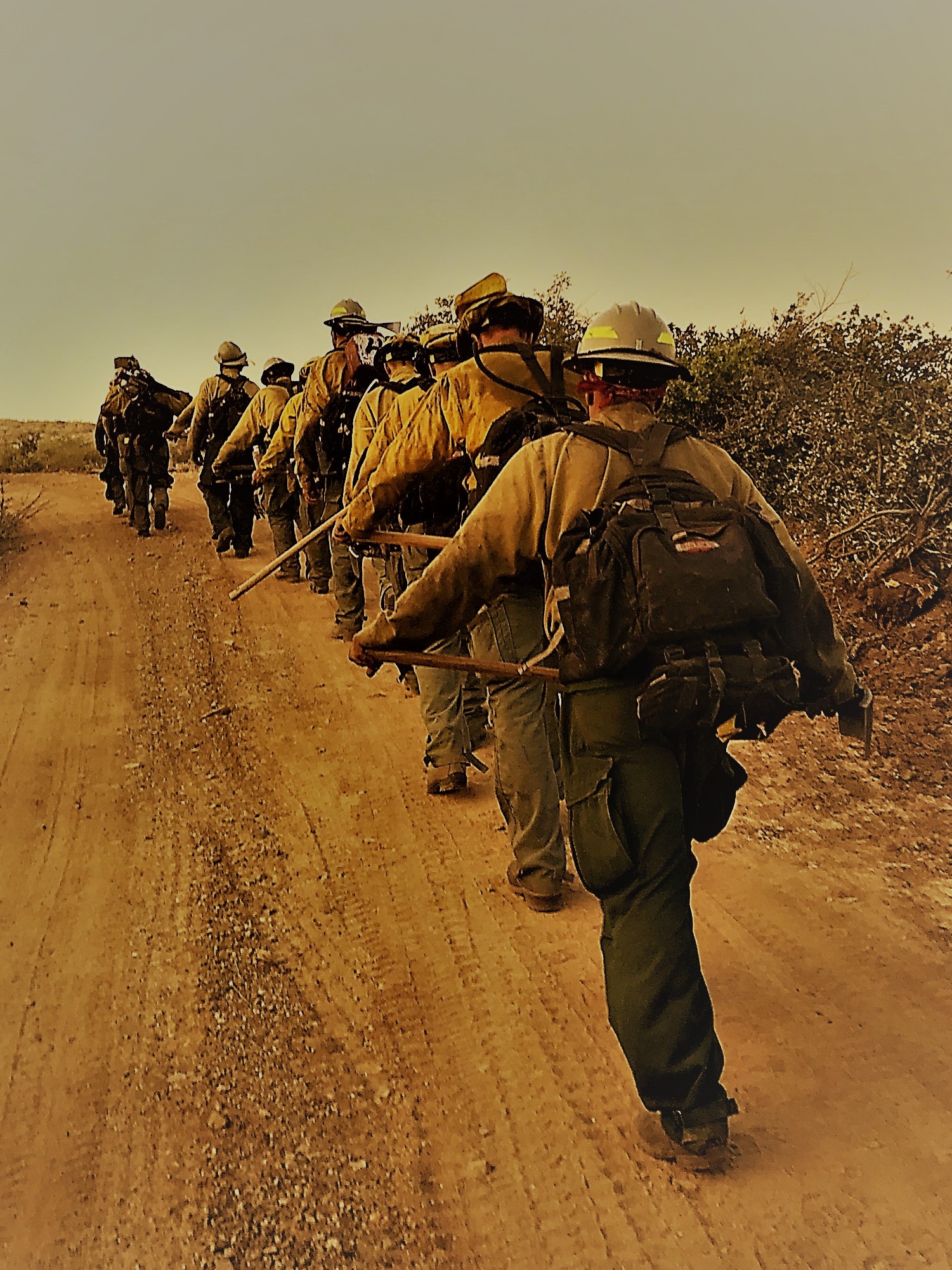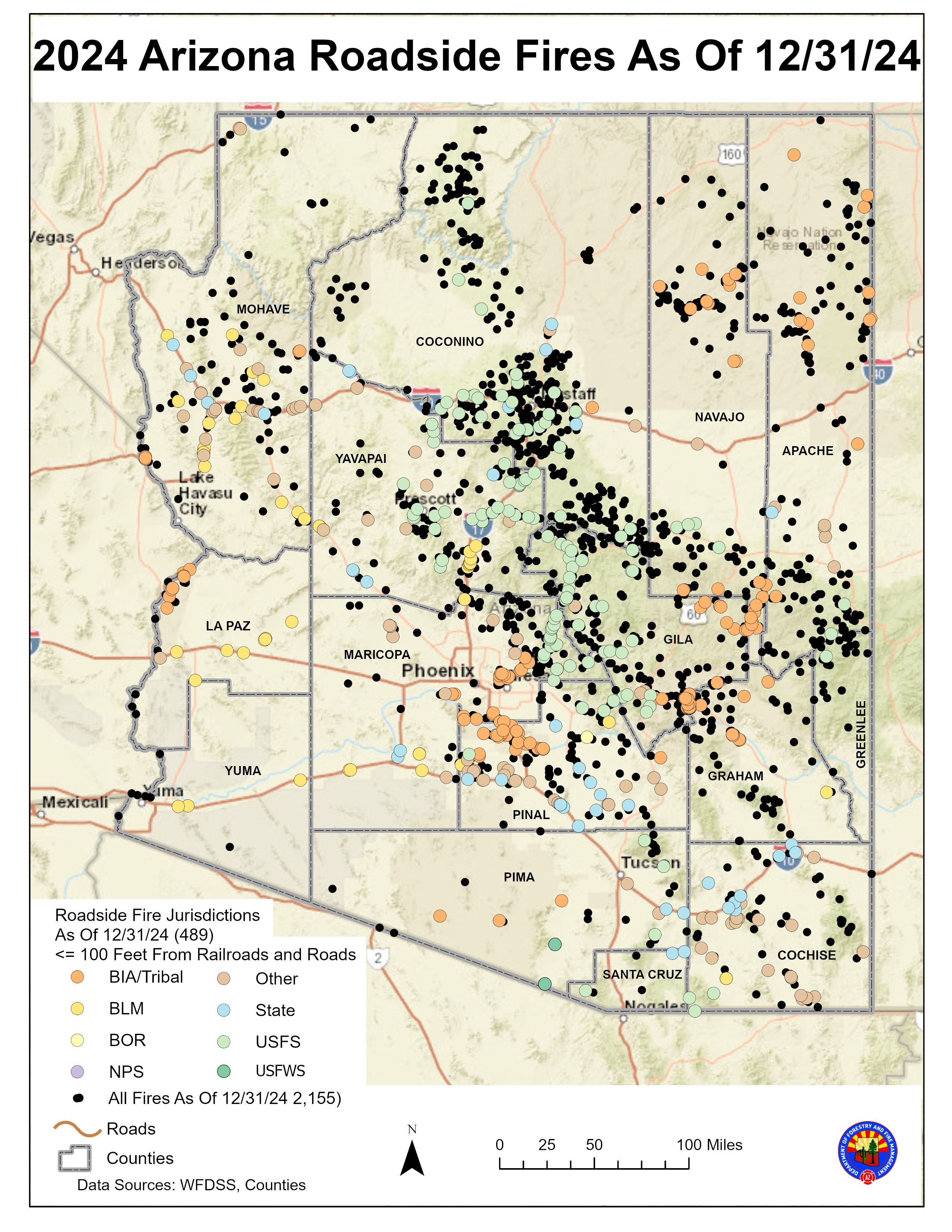Program Details
The Department of Forestry and Fire Management works to assist cooperating fire departments purchase equipment and supplies through the Defense Logistics Agency, or DLA, Wildfire Equipment Program. The program is available to all cooperators who have a current Intergovernmental Agreement, or IGA.
The catalog items are not stocked in our facility, but are ordered and in most cases shipped direct from DLA supply depots.
Program FAQs
Q: Who Can Order From this Program?
A: All Department of Forestry and Fire Management cooperators who have a current IGA.
Q: Why Order From this Program?
A: While not trying to compete with the public sector, but these prices are generally lower. Also, the equipment is part of the National Fire Equipment System, or NFES, which means if you damage or destroy a DLA acquired item, it can be replaced on an incident where a supply unit has been set up and stocked.
Q: Do the Prices Change From What's in the Current Catalog?
A: Yes, but not often. As prices change, the order form price list is updated at posted to the website. Make sure you check your order from date with that on the website. There is also a 10% handling charge added to your order which covers administration costs of having the program available in Arizona.
Q: Does the Personal Protective Equipment Meet NFPA 1977 Standards?
A: Yes. Shirts, pants, gloves, helmets, shrouds, fire shelters - all meet the NFPA standard.
Q: What if I Accidentally Order the Wrong Size or Item? Can it be Returned?
A: Possibly. The item has to be returned to DLA and there is a 25% restocking fee. If it's a commonly ordered item, like shirts and pants, we will put it in our stock and give you a credit on your total order.
Q: Can I Order Direct from GSA Advantage Instead of Going Through the Department of Forestry and Fire Management?
A: In most cases, fire departments and other entities can order direct, but you will need to apply for an account and most likely will need a credit card to complete your purchases. There are a few items that are available on both DLA and GSA websites like garbage bags, batteries, fiber, and duct tape.
For more information you can go to the GSA website.
DLA Ordering
Below are the forms you will need to place your order. It's beneficial if you save the forms to your computer first before starting to fill them out.
2025 Wildland Fire Equipment Catalog
2025 Wildland Fire Equipment Ordering Form
You can mail, fax, or email this form to Brian Lauber with the DLA Wildfire Equipment Program: DLA Wildfire Equipment Program, 6781 E. Outlook Drive, Tucson, AZ, 85756. Or fax to: 520-628-5847

